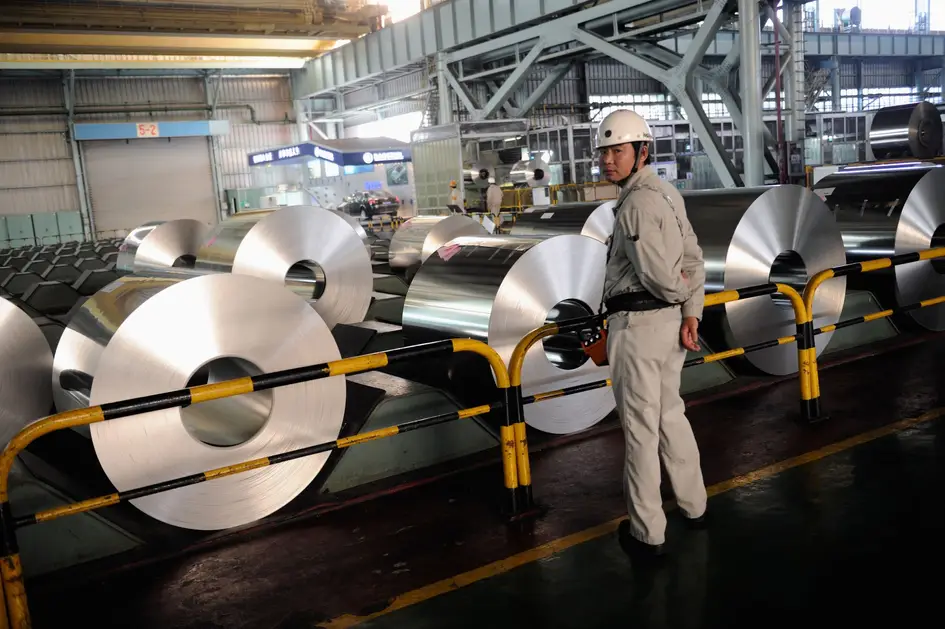As China’s economy experiences a slowdown, a significant drop in domestic steel demand has emerged. This has led Chinese producers to export surplus steel at low prices, impacting global markets. Emirates Steel Arkan (ESA) is actively engaging with the UAE government to explore potential measures to mitigate the effects of these inexpensive imports, particularly focusing on non-trade barriers linked to low carbon intensity, rather than traditional trade restrictions.
The situation has drawn international attention. For instance, US President Joe Biden called for a substantial increase in tariffs on imported Chinese steel and aluminum products, raising them to 22.5 percent in April. Similarly, Europe has implemented the Carbon Border Adjustment Mechanism, effectively taxing imports like iron and steel to align their carbon costs with domestic products.
Emirates Steel Arkan’s group CEO, Saeed Ghumran Al Remeithi, expressed concern over the flood of Chinese steel into global markets, including the UAE. He noted a 66 percent increase in Chinese materials entering the UAE market, contributing to a challenging period for the global steel sector. The company reported a 10 percent drop in revenues for the first half of 2024, amounting to AED4 billion ($1 billion), compared to AED4.4 billion in the same period in 2023.
Despite these challenges, Al Remeithi highlighted the robust local market in the UAE, which has grown by 10 percent, driven by large-scale infrastructure projects. This growth has been a critical factor for ESA, with the UAE being the second-largest market for iron and steel in the GCC, accounting for approximately 25 percent of the total market. The country’s structural steel fabrication market is valued at nearly $2 billion, with projections to reach $2.6 billion by 2029.
Al Remeithi remains optimistic about the UAE’s market, describing it as one of the strongest in terms of consumption. However, he acknowledges the need for strategic measures to address the influx of cheap Chinese steel, suggesting a reduction in China’s output and capacity as a potential solution. The situation underscores the complex dynamics of the global steel market and the need for careful navigation by industry leaders.


